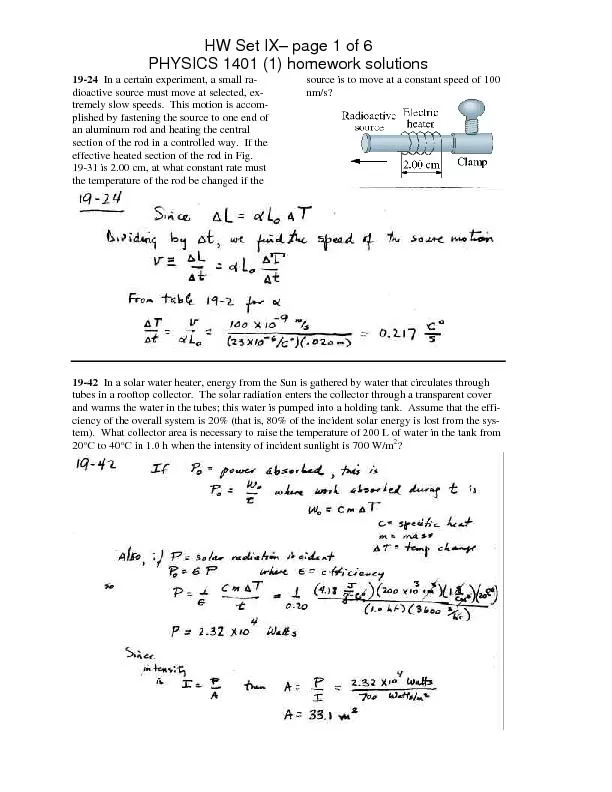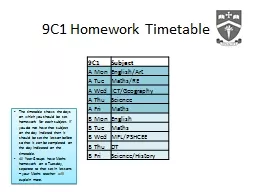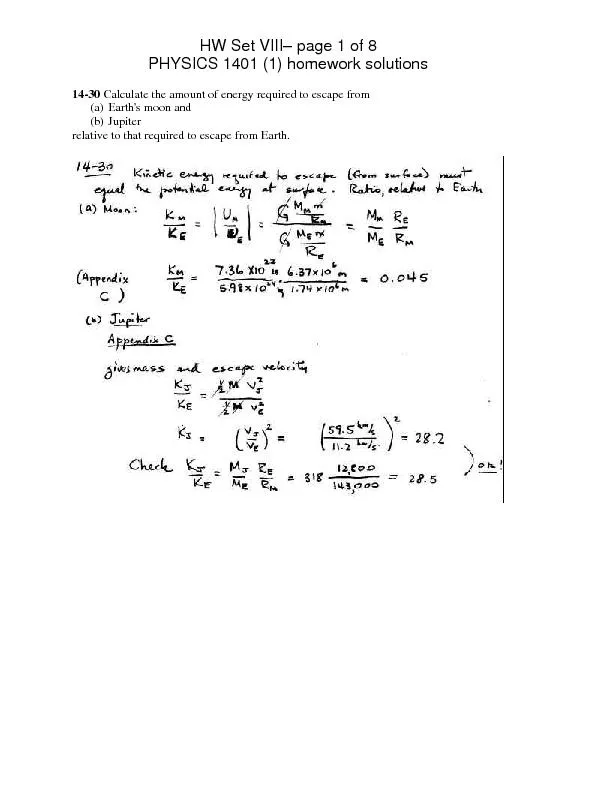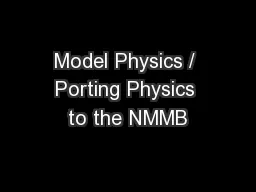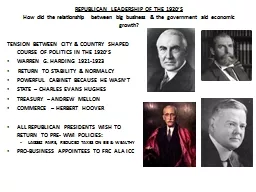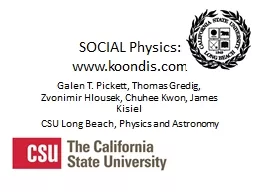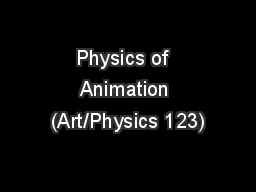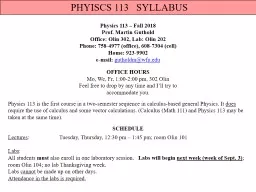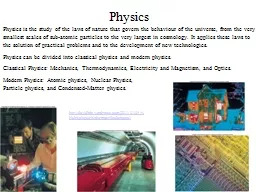PDF-HW Set IX page 1 of 6 PHYSICS 1401 (1) homework solutions 1924 In a
Author : kittie-lecroy | Published Date : 2016-05-20
19 In a solar water heater energy from the Sun is gathered by water that circulates through tubes in a rooftop collector The solar radiation enters the collector
Presentation Embed Code
Download Presentation
Download Presentation The PPT/PDF document "HW Set IX page 1 of 6 PHYSICS 1401 (1) ..." is the property of its rightful owner. Permission is granted to download and print the materials on this website for personal, non-commercial use only, and to display it on your personal computer provided you do not modify the materials and that you retain all copyright notices contained in the materials. By downloading content from our website, you accept the terms of this agreement.
HW Set IX page 1 of 6 PHYSICS 1401 (1) homework solutions 1924 In a: Transcript
Download Rules Of Document
"HW Set IX page 1 of 6 PHYSICS 1401 (1) homework solutions 1924 In a"The content belongs to its owner. You may download and print it for personal use, without modification, and keep all copyright notices. By downloading, you agree to these terms.
Related Documents

